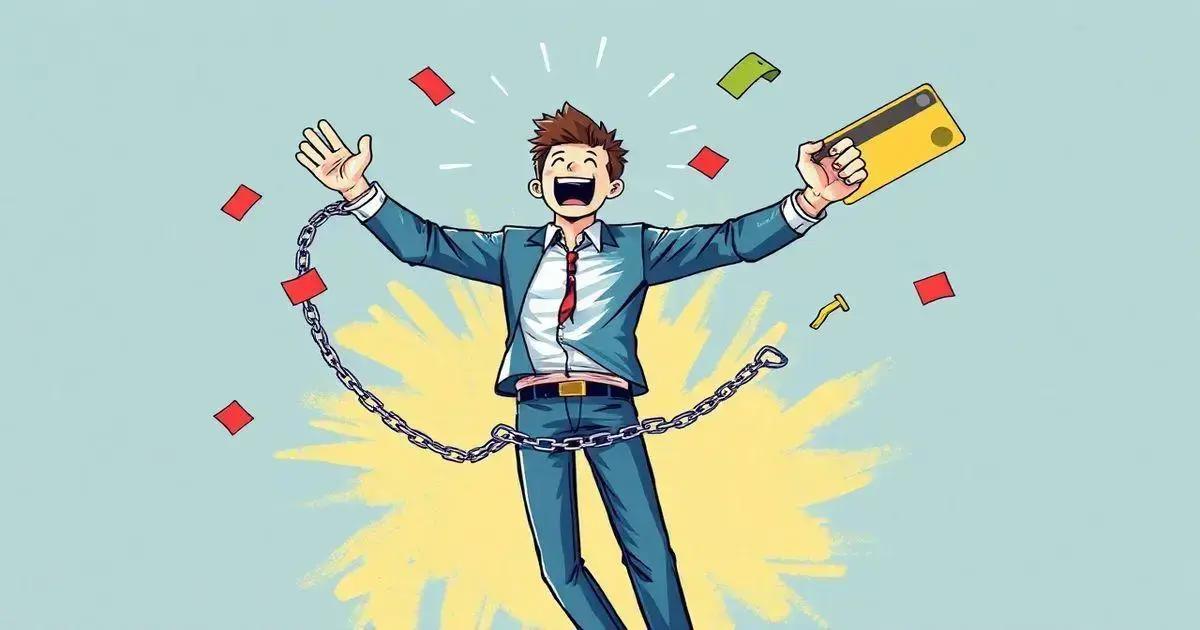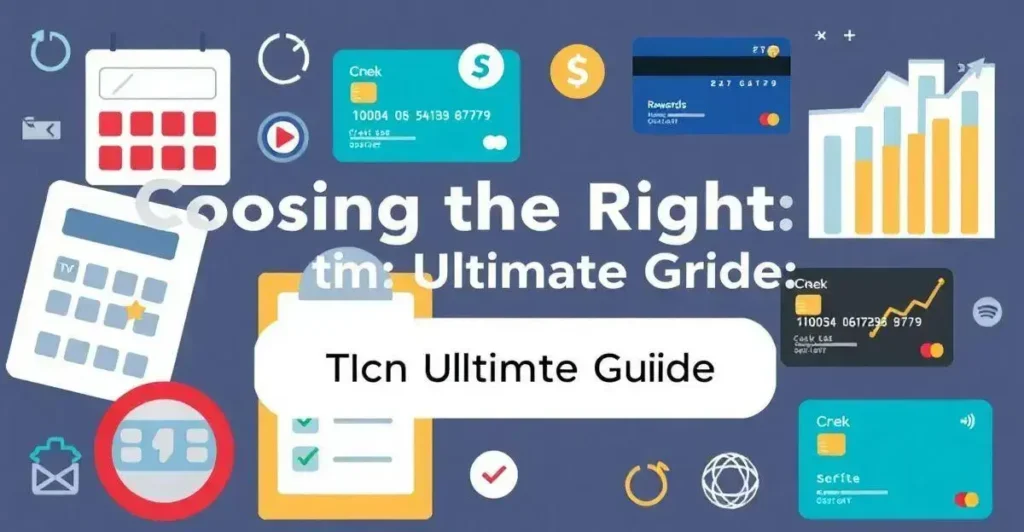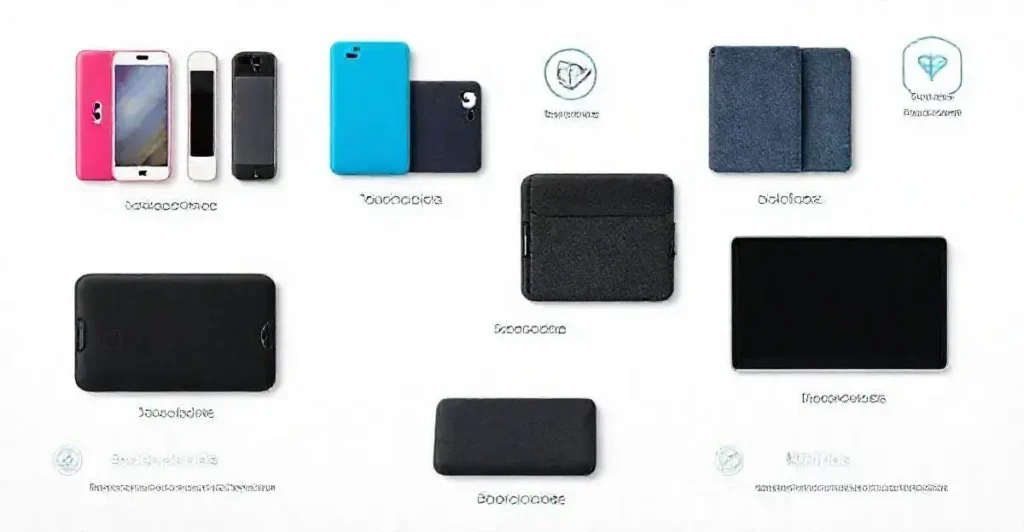How to Liquidate Credit Cards is a question that often crosses the mind of those struggling with mounting debt. This process involves finding effective ways to clear balances and regain control over your financial situation. While it might seem daunting, understanding the steps can make all the difference.
Liquidating credit cards isn’t just about eliminating debt; it’s about taking charge of your finances. Whether through repayment strategies or negotiating with creditors, the ultimate goal is to create a path to financial stability. However, it’s important to approach this process with a clear plan.
Curious about how this works and the steps you should take? Keep reading to uncover valuable insights and actionable tips to help you navigate credit card liquidation confidently.
Understanding Credit Card Liquidation
Understanding credit card liquidation is essential for anyone looking to manage overwhelming debt. This process involves eliminating your credit card debts by either paying them off through various strategies or negotiating with creditors. Liquidation is not just about getting rid of debts; it also focuses on improving your overall financial health.
What is Credit Card Liquidation?
Credit card liquidation refers to the process where debtors take significant measures to clear their credit card balances. This can involve making large payments to reduce the principal amount owed or negotiating settlements with credit card companies. It’s crucial to understand that liquidation affects your credit score, and it should be a carefully considered decision.
How Does Liquidation Work?
When you liquidate credit cards, you typically cease using them and prioritize paying down the debt. Some may choose to consolidate multiple debts into one payment to simplify their financial situation. Alternatively, others may enter negotiations, where they offer a lump sum that is less than the total owed, potentially allowing the creditor to write off a portion of the debt.
Key Terminology
To navigate the process effectively, familiarize yourself with terms like debt settlement, consolidation, and credit counseling. Understanding these concepts will help you make informed decisions about your financial future.
Why Consider Liquidation?
Many individuals consider this option when they find themselves unable to keep up with monthly payments. It can provide a structured approach to handling debt and is often combined with financial advice to help avoid similar situations in the future.
Impact on Credit Score
Liquidation can have a significant impact on your credit score, which is crucial for future lending. Know that the long-term benefits of financial freedom often outweigh the short-term decrease in credit quality. Keeping in mind how your score can be affected helps in making an informed decision on whether to liquidate.
Preparing for Liquidation
Before you start the liquidation process, assess your entire financial situation. Consider how much debt you hold, and if you have the means to pay it off faster than your credit terms dictate. Having a clear picture will equip you with the knowledge necessary to negotiate with creditors effectively.
In summary, understanding credit card liquidation involves knowing what it is, how it works, its implications on your credit score, and the preparatory steps you must take. Equip yourself with this information, and you’ll be better positioned to handle your debts responsibly and effectively.
Benefits of Liquidating Credit Cards

Liquidating credit cards has several benefits that can significantly improve your financial well-being. By understanding these advantages, you can make informed decisions that enhance your financial future.
Debt Reduction
One of the primary benefits of liquidating credit cards is the substantial reduction of debt. By eliminating high-interest charges and resolving outstanding balances, you can lower your total debt significantly. This can provide immediate financial relief.
Improved Credit Score Over Time
Although liquidation may temporarily affect your credit score, responsibly managing your finances post-liquidation can lead to an improved credit score overall. Regular payments and reduced debt levels contribute positively to your credit history.
Psychological Relief
Carrying the burden of credit card debt can be very stressful. Liquidation can provide significant psychological relief by lifting the weight of financial anxiety. With fewer debts to manage, you may experience a sense of freedom and renewed focus on your financial goals.
Simplified Finances
Liquidating credit cards can simplify your financial situation. Instead of juggling multiple balances and payment due dates, focusing on a single payment plan can help streamline your finances. This organization can make budgeting and financial planning more manageable.
Increased Cash Flow
By eliminating credit card payments, you can free up substantial amounts of cash each month. This increased cash flow can allow for better spending on essentials or savings for future goals such as purchasing a home or planning for retirement.
Enhanced Financial Control
Liquidation encourages closer monitoring of your financial activities. Knowing your debt load and managing it effectively leads to better financial discipline. You learn to make smarter choices with your finances, which can lead to long-term stability.
Opportunities for Financial Education
The liquidation process often comes with a wealth of financial wellness resources. By engaging in credit counseling or financial workshops, you not only learn about better money management but also to avoid falling back into debt.
In summary, the benefits of liquidating credit cards can not only help in tackling immediate debt issues but also pave the way for a stronger financial future. From psychological relief to increased cash flow, each aspect plays a vital role in achieving financial freedom.
Steps to Liquidate Credit Cards
Following a structured approach to liquidate credit cards can help you achieve debt relief effectively. Here are the essential steps to guide you through the process:
Assess Your Financial Situation
Start by reviewing your total debt and gathering all financial documents. List all credit card debts, including interest rates and minimum payments. This will give you a clear view of what you’re dealing with.
Create a Budget
Develop a comprehensive budget that accounts for all your income and expenses. This budget will help you identify funds available for paying down your credit card debt. Ensure that it is realistic and sustainable.
Prioritize Your Debts
Rank your credit card debts based on interest rates or outstanding balances. Focus on paying off the highest-interest cards first, as they will cost you more over time. This method is known as the avalanche method.
Consider Payment Strategies
Explore different strategies for repayment. You can either make larger payments when possible or set up a consistent monthly plan. Some people prefer to make minimum payments on lower-interest cards while focusing on larger payments for the high-interest ones.
Contact Creditors
Do not hesitate to reach out to your credit card companies. Explain your situation and inquire about potential options, such as lower interest rates or settlement offers. Many creditors are willing to work with you if they see you are making an effort to pay.
Explore Debt Consolidation
If managing multiple payments becomes overwhelming, consider consolidating your debts into one loan with a lower interest rate. This can simplify your financial situation and potentially save you money.
Stay Committed to Your Plan
Stick to your repayment plan and avoid accumulating new debt. This requires discipline and a commitment to following the budget you created. Track your progress to stay motivated.
Consider Professional Help
If navigating these steps feels too challenging, consider seeking help from a financial advisor or credit counseling service. They can offer tailored solutions and guidance on your debt-relief journey.
By following these steps to liquidate credit cards, you take charge of your financial future, making informed decisions for improved stability.
Situations to Consider Before Liquidation

Before deciding to liquidate your credit cards, there are several important situations to consider. Understanding these can help you make a sound decision that leads to long-term financial health.
1. Current Financial Stability
Check your current financial situation. If you have a steady income and can manage your payments, liquidation might not be necessary. But if you find yourself unable to keep up, it may be time to consider it.
2. Total Debt Amount
Evaluate your total debt. If your credit card debt is a small part of your overall financial picture, you may be able to pay it off without liquidation. However, larger amounts warrant serious consideration.
3. Impact on Credit Score
Understanding how liquidation will affect your credit score is crucial. While it may provide immediate relief, it can take time to recover your score. Weigh this impact before moving forward.
4. Alternatives Available
Consider other debt relief options. Debt consolidation or negotiating lower interest rates may be viable options without resorting to liquidation. Explore all available avenues before making a decision.
5. Type of Debt
Consider the type of debt you are dealing with. If you have various kinds of debt, such as medical bills or student loans, liquidation might only address a part of your financial struggles. Be thorough in your assessment.
6. Legal Consequences
Liquidating credit cards can have legal implications, especially if it leads to bankruptcy. Understand the potential legal consequences and consult with a legal expert if necessary.
7. Emotional Readiness
Think about your emotional state. Liquidation can be a stressful process. Ensure you are mentally prepared to follow through with the necessary steps to manage your debts.
8. Long-Term Financial Goals
Reflect on your long-term financial goals. Liquidation might provide short-term relief, but ensure it aligns with your overall financial objectives and plans for the future.
By considering these situations, you can make a more informed decision about whether liquidation is the best option for your financial circumstances.
Alternatives to Liquidation
If liquidation seems too drastic for your financial situation, there are several alternatives you may consider. These strategies can help you manage your credit card debt without the implications of liquidation.
Debt Consolidation
Debt consolidation involves combining multiple debts into a single loan, ideally with a lower interest rate. This simplifies your payments and can reduce the overall amount you pay each month.
Balance Transfer Credit Cards
Using a balance transfer credit card allows you to move your high-interest debt to a card with a lower or 0% introductory APR. This can save you money on interest while you pay down the balance, but be cautious of transfer fees.
Credit Counseling
A certified credit counselor can work with you to create a personalized debt management plan. They may also negotiate with your creditors on your behalf to lower your interest rates or monthly payments.
Payment Plans with Creditors
Many credit card companies offer hardship programs or flexible payment plans. By contacting your creditors, you might negotiate changes to your payment terms that make it easier to manage your debt.
Budgeting and Expense Tracking
Creating a strict budget and tracking your expenses can prevent overspending and help you allocate more funds toward debt repayment. Reducing discretionary spending allows you to pay off debt faster.
Selling Unneeded Assets
Take stock of items you no longer need and consider selling them. The money from these sales can be directed towards paying off your credit card debt, helping reduce what you owe more quickly.
Increase Your Income
Explore opportunities to boost your income through part-time work or side gigs. The extra earnings can go directly towards your debt, making it possible to pay down balances more rapidly.
Financial Education Resources
Utilize free financial education resources available online or through community organizations. Learning about effective money management can empower you to handle debt more competently.
Consider these alternatives to liquidation when seeking solutions to your credit card debt. Each option offers different benefits that could align better with your financial goals.
FAQ – Frequently Asked Questions about Liquidating Credit Cards
What is credit card liquidation?
Credit card liquidation is the process of eliminating credit card debt through effective debt management strategies or negotiating with creditors.
What are the benefits of liquidating credit cards?
Benefits include debt reduction, improved credit score over time, psychological relief from debt stress, and increased cash flow.
What steps should I take to liquidate my credit cards?
Key steps include assessing your financial situation, creating a budget, prioritizing debts, negotiating with creditors, and possibly consolidating your debts.
What are some alternatives to liquidation?
Alternatives include debt consolidation, balance transfer credit cards, credit counseling, and developing a strict budget.
What common mistakes should I avoid during the liquidation process?
Avoid ignoring the total debt amount, failing to create a budget, accumulating new debt, and overlooking negotiation opportunities with creditors.
Why should I seek professional help?
Professional help can provide personalized guidance, help negotiate with creditors, and ensure you develop a solid plan for financial recovery.


